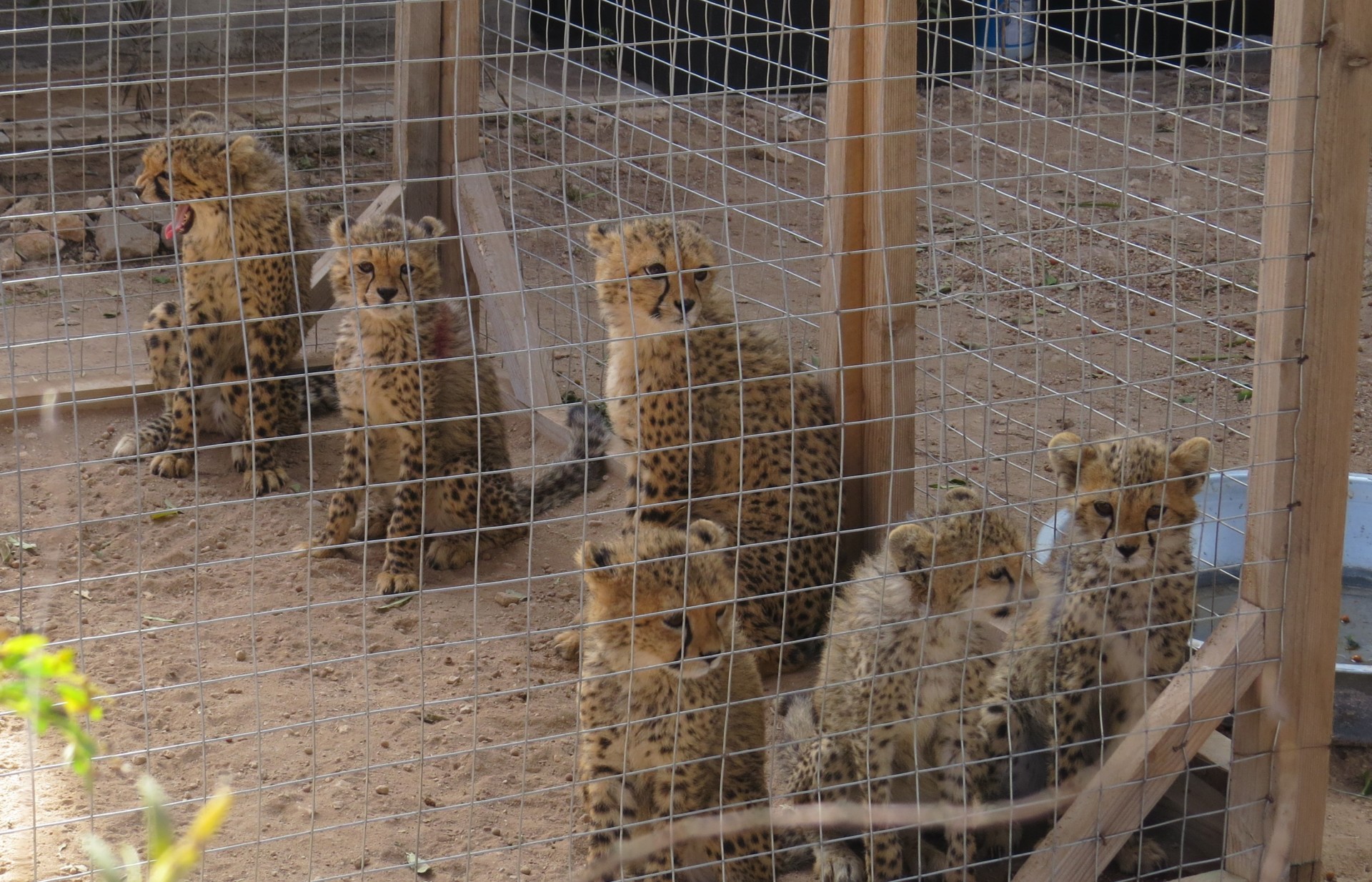
To break the flow of the illegal trade of live cheetah cubs, researchers at Colorado State University are searching for undocumented wild cheetahs that are supplying the high demand for pets in the Middle East.
In the Horn of Africa, cheetahs are not so much poached for skins and parts, but rather caught as cubs and trafficked with other contraband through Somaliland and Yemen to wealthy collectors across the Arab Peninsula.
Finding undocumented cheetahs
Paul Evangelista, a senior research scientist at CSU’s Natural Resource Ecology Laboratory (NREL), is leading the international initiative to find the sources of the hundreds of cheetah cubs estimated to be taken from their mothers each year. With a new $1 million dollar grant from the U.S. Fish and Wildlife, the team will conduct surveys across selected regions of six African countries; Ethiopia, Eritrea, Djibouti, Somaliland, Somalia, Kenya and South Sudan.
Evangelista has been conducting wildlife research in East Africa since 1999, primarily in Ethiopia. Partnering with Kelly Jones of CSU’s Department of Human Dimensions of Natural Resources and Sarah Durant team from the Zoological Society of London, the three-year project aims to find where cheetahs and their prey persists and identify the attitudes of local communities toward wildlife and trade.
“Cheetahs are a fairly cryptic species,” Evangelista said. “We need to need to understand their habitat needs and understand the viability of the landscape.” Cheetahs have broad hunting areas, so Evangelista and his team will rely on local knowledge and use species distribution modeling to determine likely areas of cheetah habitat. Once areas are determined to have suitable habitat or reports of cheetah are received, the team will follow up with camera traps and other localized field methods.
“We continue to receive reports and circumstantial evidence that suggest there are robust sub-populations of cheetah throughout our study area” he said.
Drastic decline of cheetah populations
Africa’s cheetah population were once estimated to around 100,000 in the early 20th century, but is about 6,700 today according to Patricia Tricorache, arguably the world’s leading expert on the illegal cheetah trade and a member of the Evangelista Lab.
“The known wild cheetah populations in East Africa cannot possibly supply the number of cubs confiscated or tracked through the pet trade,” Tricorache said. In recent research, she has documented over 3,500 live cheetah that were trafficked since 2010. “Unfortunately, the vast majority of these cubs die while being trafficked from malnutrition and poor handling. Even those that are sold as pets, generally don’t live very long.”
Though Evangelista and his team are energized with the funding support from US Fish and Wildlife, there are still elements of the project that will require additional support.
“We hope to find further funding that will augment this work with training of wildlife managers and court prosecutors from partnering countries” Evangelista said. “Without the capacity to intercept traffickers and prosecute them to the fullest extent, it is unlikely we can significantly reduce the practice.”
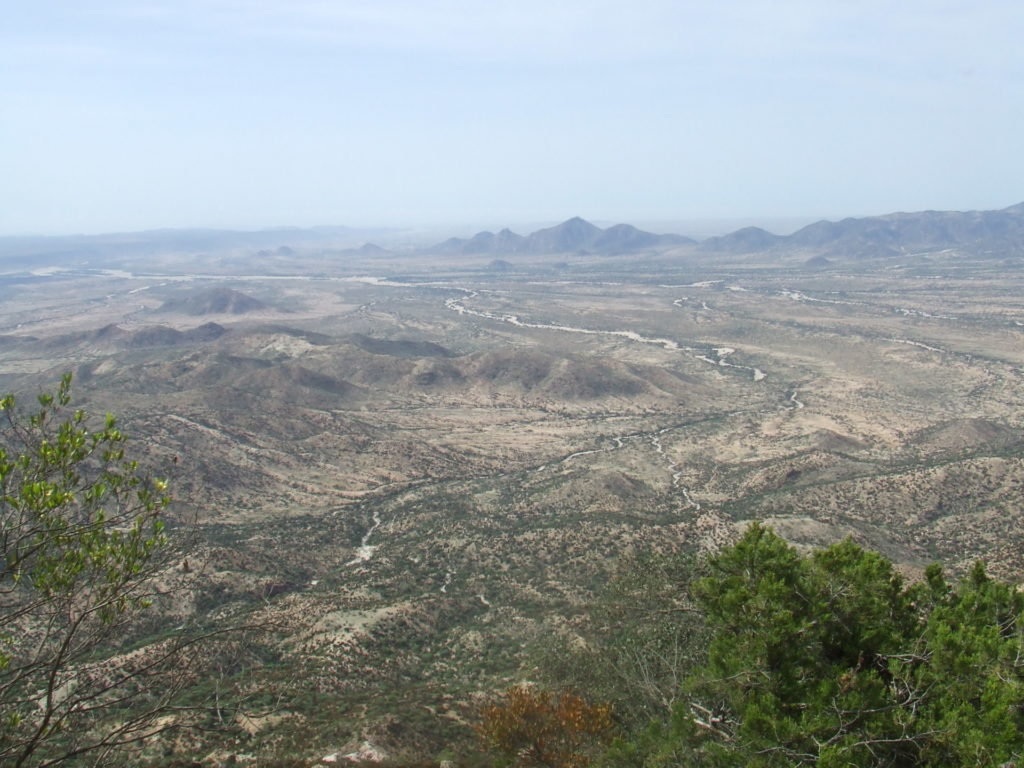
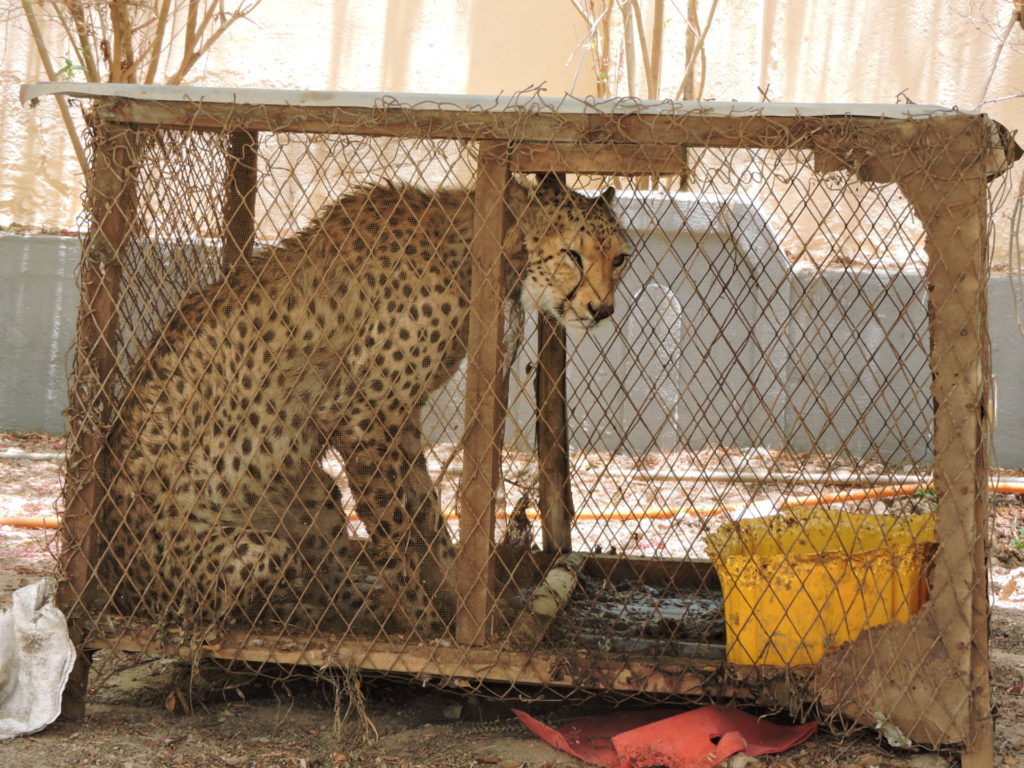
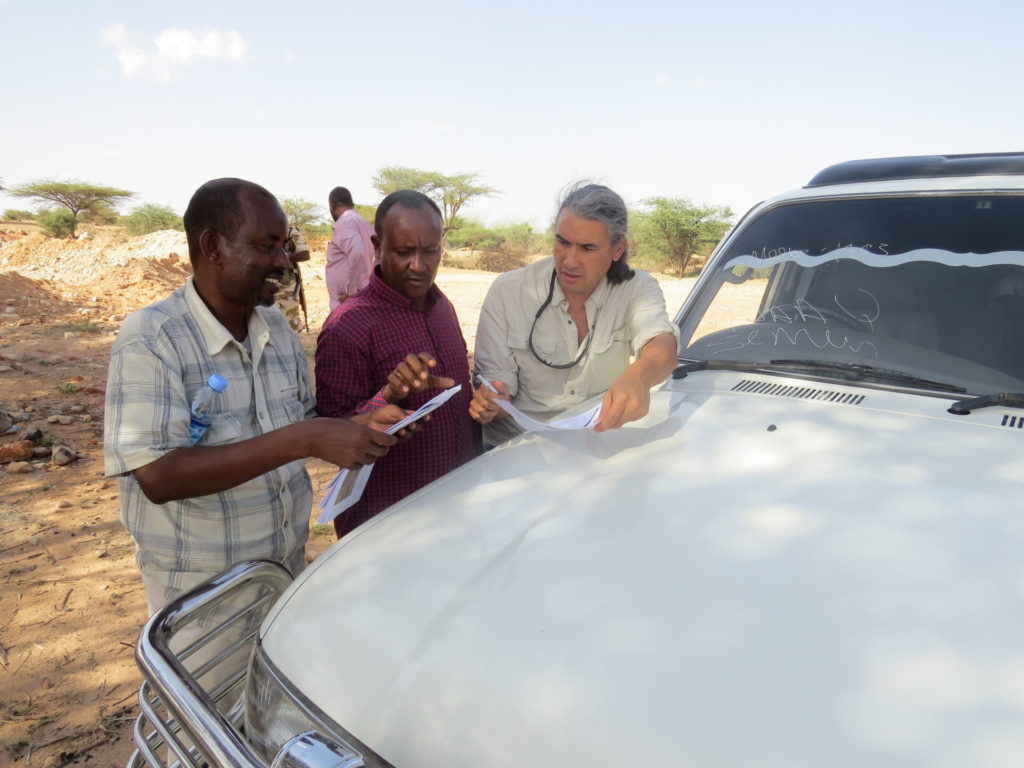
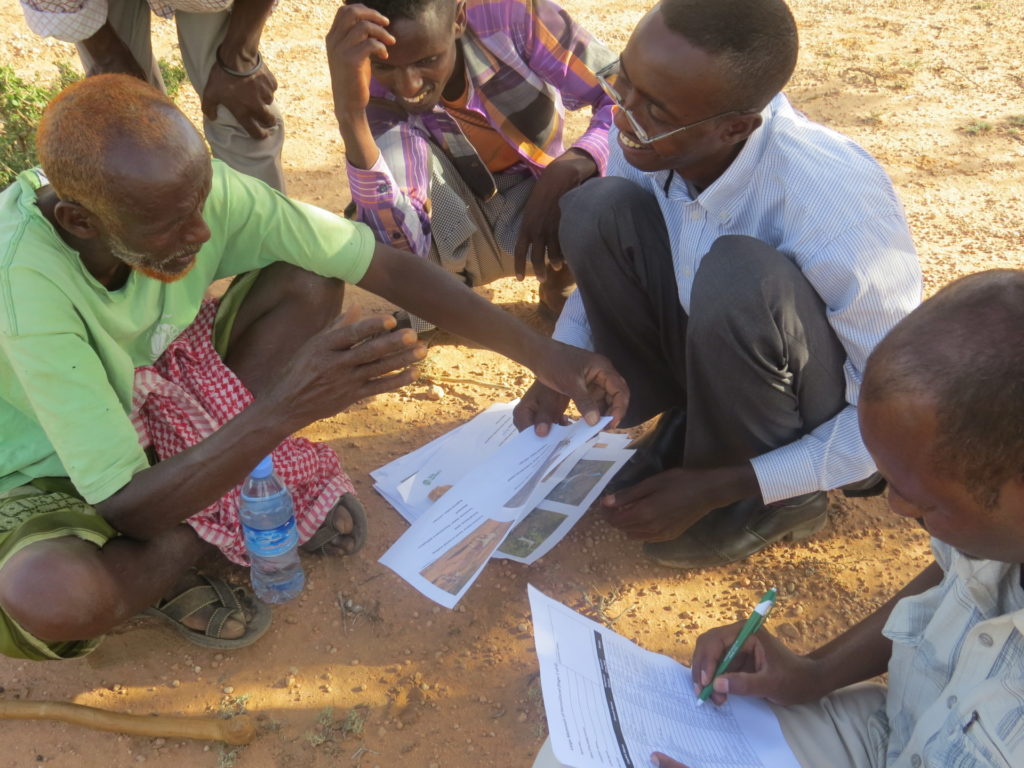
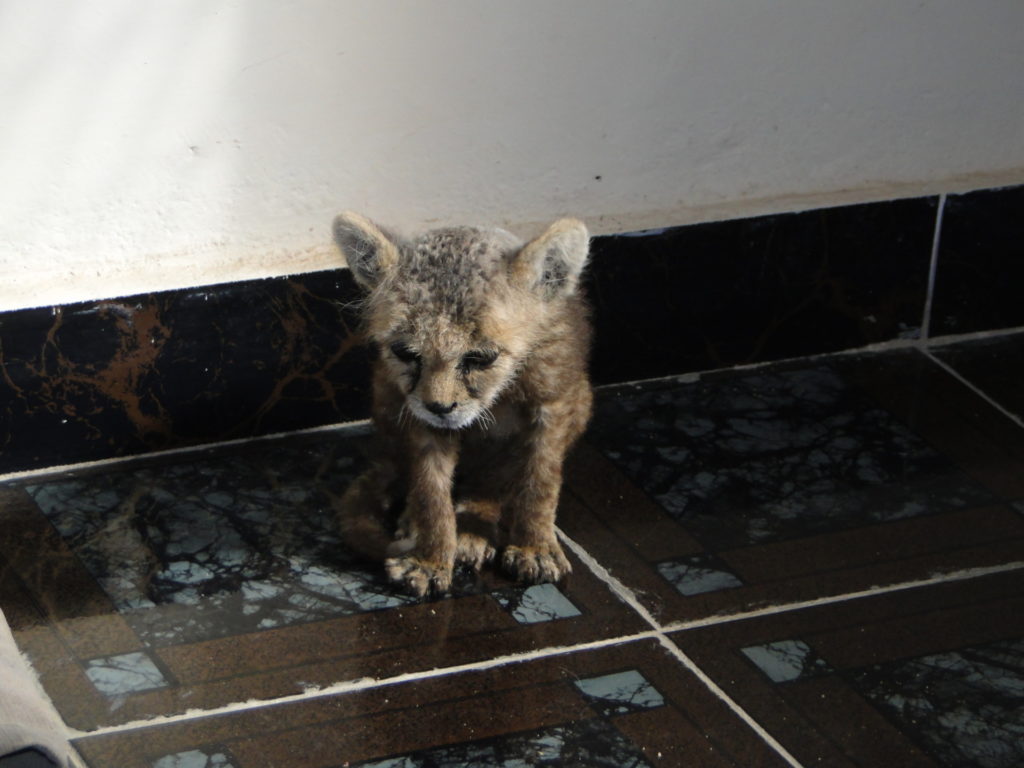
- Image 1: Vast remote areas of the Horn of Africa remain unexplored due to decades of conflict and on-going security concerns. These landscapes could likely hold undocumented cheetah and other wildlife species. Photo by P. Evangelista.
- Image 2: Paul Evangelista and the Somaliland Wildlife Department conducting wildlife surveys near the Somaliland and Djibouti border. Photo by N. Young.
- Image 3: A pet cheetah confined to a small cage by its owner. Mortality rates of pet cheetah tend to be high due to poor care, diet and general neglect. When a captive cheetah dies, pet owners can easily find replacements through the illegal trade networks. Photo by G. Wirth.
- Image 4: The Somaliland Wildlife Department conducting interviews with nomadic pastoralists. Photo by P. Evangelista
- Image 5: A malnourished cheetah cub confiscated by the Somaliland Wildlife Department – it died a few days later. Photo by G. Wirth.